|
By Tara Ramsey Jackson Hole Wild hosted the premiere of Toxic Puzzle - Hunt for the Hidden Killer, a documentary which follows ethnobotanist Dr. Paul Cox on his journey to discover whether a compound in algae blooms is causing the epidemic increase of neurodegenerative diseases such as ALS, Alzheimer's and Parkinson's worldwide. It was an amazing event. Narrator Harrison Ford was in the house, as was the film’s award-winning director, Bo Landin. After seeing the film, however, it was apparent that the true heroes in the room were Dr. Paul Cox and his team of brilliant scientists. The Jackson Hole Wild intern crew on the red carpet with the fabulous Dr. Paul Cox In his quest to find what is causing increased occurrences of ALS, Dr. Cox has traveled around the world, to many places plagued by toxic algal blooms, noticing that from Lake Erie to the Gulf of Mexico, Sweden to Australia, there is a link between the toxic amino acid β-Methylamino-L-alanine (BMAA), which is found in cyanobacteria prevalent in algal blooms, and neurodegenerative diseases. This is a groundbreaking discovery, as it was previously believed that these types of diseases were entirely genetic, not environmental. It is also a very disturbing one: in this day in age, green, goopy algal blooms are becoming a common occurrence. Just this month, Henry Lake in Eastern Idaho, a popular fishing spot for locals, was found to be contaminated with toxic blue-green algae. These blooms are a result of nutrient pollution from farms, water treatment plants and urban developments which runs into bodies of water. High levels of nitrogen and phosphorous from fertilizers and other pollutants in warm water creates the perfect environment for algae to bloom in excess, poisoning vital waterways with cyanobacteria and BMAA. These blooms occur in both fresh and salt waters and they devastate marine ecosystems. When the algae dies, it depletes the dissolved oxygen from the water which causes hypoxia, or dead zones, where fish literally suffocate from lack of oxygen. Of course, this devastation is not felt by marine ecosystems alone. What was once seen as solely an environmental issue is now also a public health problem. A particularly dramatic example of this is when a toxic algae bloom in Lake Erie rendered the tap water in the city of Toledo poisonous for several days in 2014. We can come into contact with cyanobacteria in the water we drink, where we swim and in the seafood that we consume, especially in shellfish. We may even be exposed to it in the form of health supplements such as blue-green algae tablets and the spirulina powder found in your favorite green smoothie! This came as a shock to me as I watched the film. Are you kidding me!? I nearly blurted out in the theater. I used to take blue-green algae tablets with my morning coffee, internally praising myself for being health conscious! I felt betrayed by my “Green Machine” Naked Juice. After the event I did some further research on this topic and I found that while these products are largely not regulated for BMAA levels, studies are beginning to be done on the issue. I learned that pure spirulina does not naturally contain BMAA, it is the potential for cross-contamination with other forms of blue-green algae that makes it dangerous. In a 2015 study, scientists found that 14 out of 39 products contained BMAA, and most of these products are not tested for the compound before they hit the market. So until these products are routinely regulated for BMAA contamination, you are taking a gamble with your green smoothie. Dr. Cox does not recommend any sort of blue-green algae supplements, and if there is anyone I trust on the issue, it is him. Fortunately, there are some foods that Dr. Cox highly recommends that may prevent ALS as well as combat the disease in patients who have already been diagnosed. In his travels, Dr. Cox not only visited places hit by harmful algal blooms, he also visited a population where there are almost no instances of neurodegenerative diseases: Ogimi, Japan. Cox spent time with people in their late nineties and early hundreds who are still active, dancing, farming, diving and living rich and healthy lifestyles. Cox turned to their diet to find clues as to how this group of people has avoided the onslaught of dementia, Alzheimer's and other neurological diseases that are rampant at their age in other parts of the world. What he found was a diet very high in an amino acid called L-serine. Walking through a local market in Ogimi, Cox exclaimed, “It looks like an agricultural market, but what I see here is a pharmacy of neuro-protection.” Some foods that are high in L-Serine include soy products, seaweed and sweet potatoes, as well as eggs, seeds and dairy products.
Thanks to Dr. Cox’s research, L-Serine is now being clinically tested as treatment for patients with ALS and other deadly neurological disorders, offering real hope to those who are afflicted by these killer diseases. If you want to learn more about Dr. Cox and his work, particularly if you or your loved ones have been affected by the diseases mentioned in this post, Toxic Puzzle - Hunt for the Hidden Killer is a must see.
1 Comment
Paula Yocum
8/15/2017 10:25:05 pm
Wonderful, enlightening article. Connects me to a past friend who endured the challenges of ALS with such Grace. Thank you for this Tara Ramsey!!
Reply
Leave a Reply. |
Archives
March 2024
Categories
All
|
Contact UsJackson Wild
240 S. Glenwood, Suite 102 PO Box 3940 Jackson, WY 83001 307-200-3286 info@jacksonwild.org |

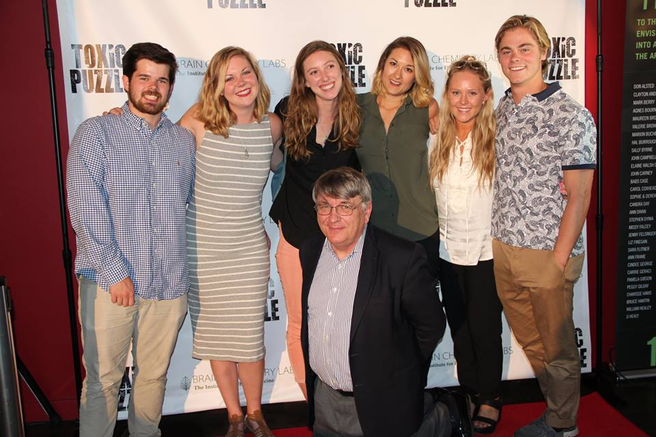
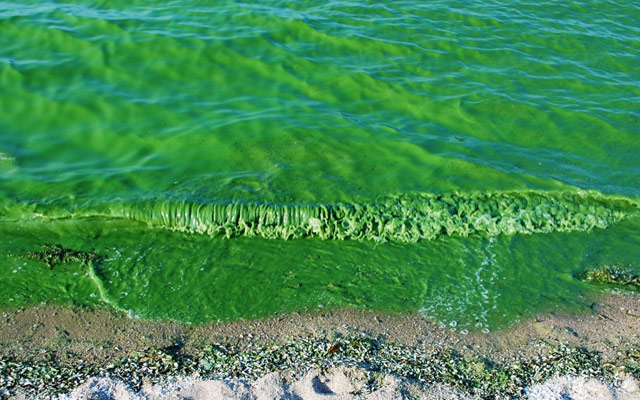
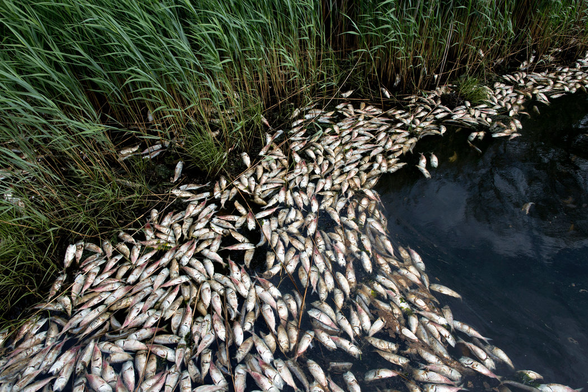
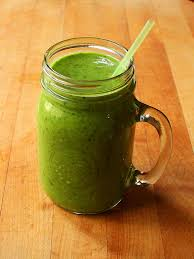
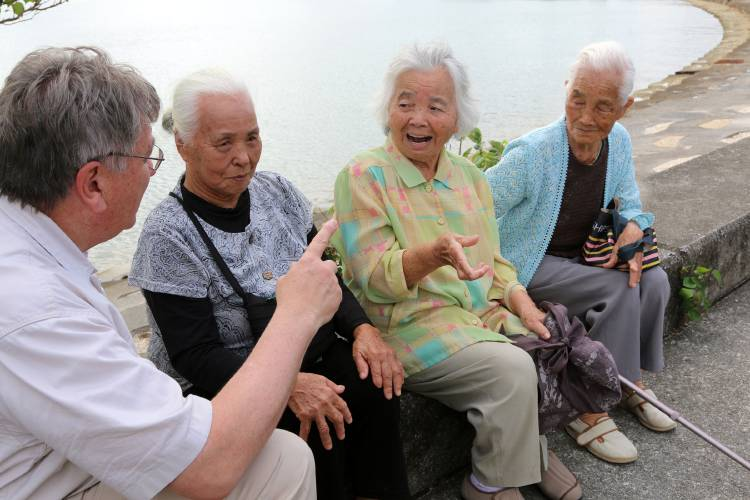
 RSS Feed
RSS Feed